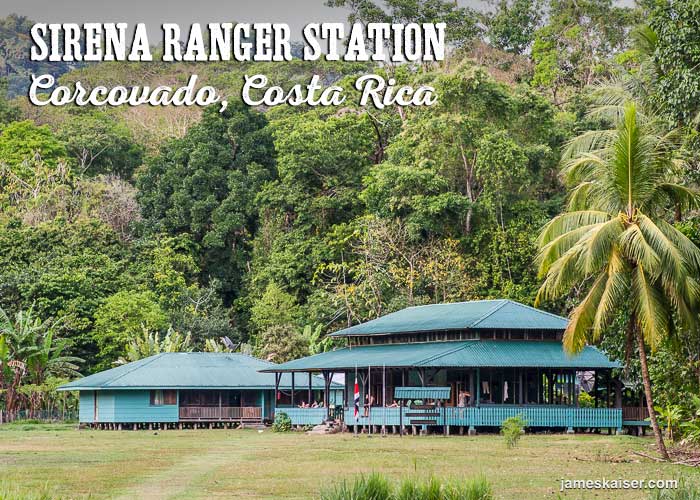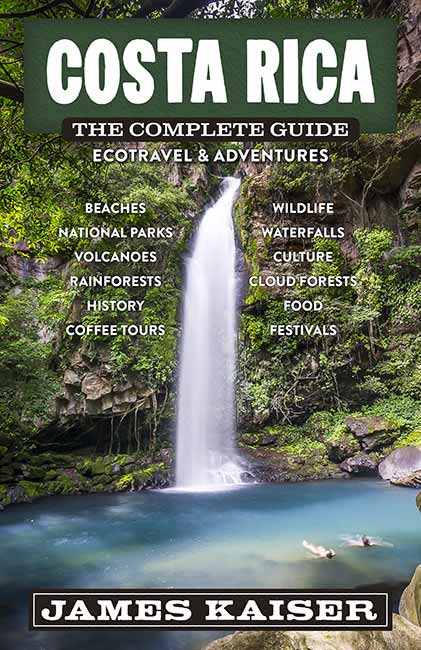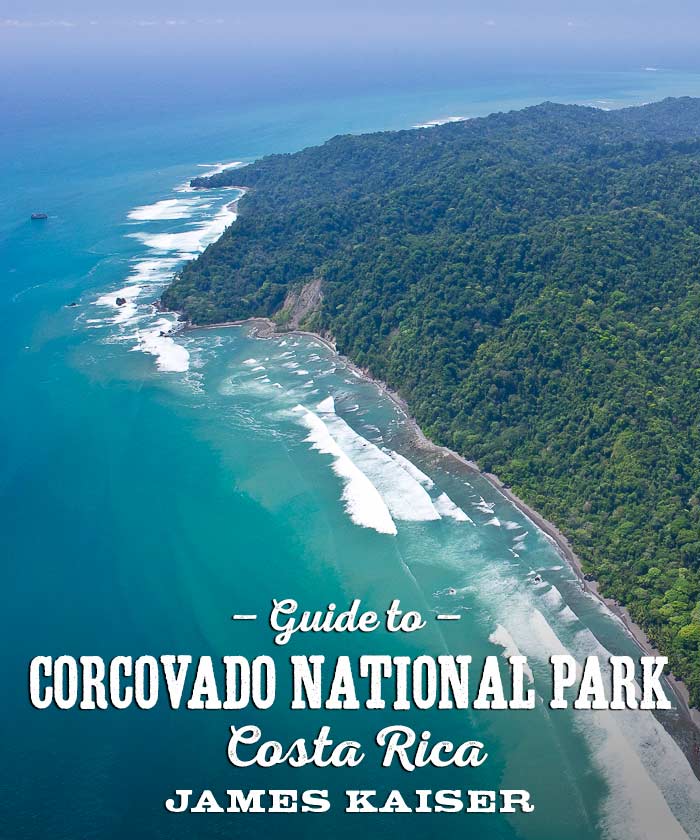
Corcovado National Park is the crown jewel of Costa Rica’s national park system. Located on the remote Osa Peninsula in southwest Costa Rica, Corcovado protects the largest remaining expanse of primary rainforest on the Pacific coast of Central America.
Corcovado National Park takes up 40% of the Osa Peninsula, which contains over 250,000 species — half of Costa Rica’s total. Endangered animals rarely seen in much of the country — scarlet macaws, squirrel monkeys, tapirs — are common in Corcovado. National Geographic famously called it “the most biologically intense place on Earth.”
Table of Contents
• Introduction to Corcovado National Park
• Corcovado Permits & Reservations
• Visiting Sirena Ranger Station
• Corcovado Wildlife
The information below will help with initial trip planning. I’ve saved the best Corcovado travel tips for my guidebook, Costa Rica: The Complete Guide.
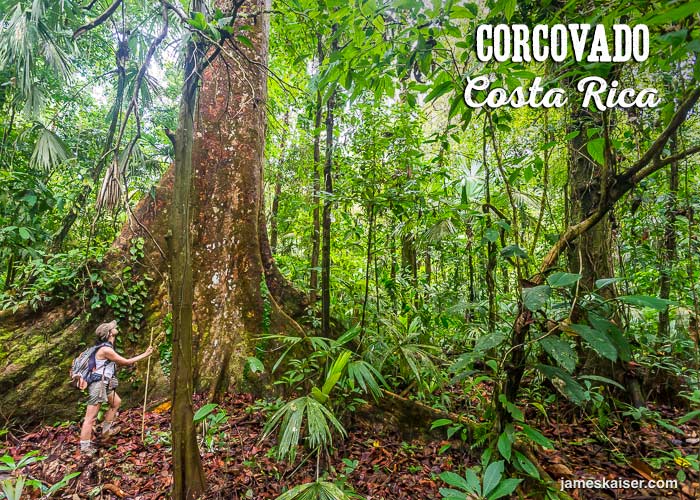
Corcovado National Park
Corcovado National Park’s main destination is Sirena Ranger Station, a rustic lodge located halfway down the Osa Peninsula. Surrounded by virgin rainforest, this remote outpost is arguably the best place to see wildlife in Costa Rica. Visitors arrive on foot, by boat or by plane for both day and overnight trips.
Spending the night at Sirena is one of Costa Rica’s top eco-experiences. But even day trips leave visitors marveling at the towering vegetation and sheer quantity of wildlife. For many travelers, a visit to Sirena is the highlight of their trip.
To be sure, Corcovado isn’t for everyone. It’s one of the most remote national parks in Costa Rica. Even day trips to this hot, humid park involve a certain level of discomfort. But for tropical wildlife watching, it’s one of the most amazing destinations on the planet.
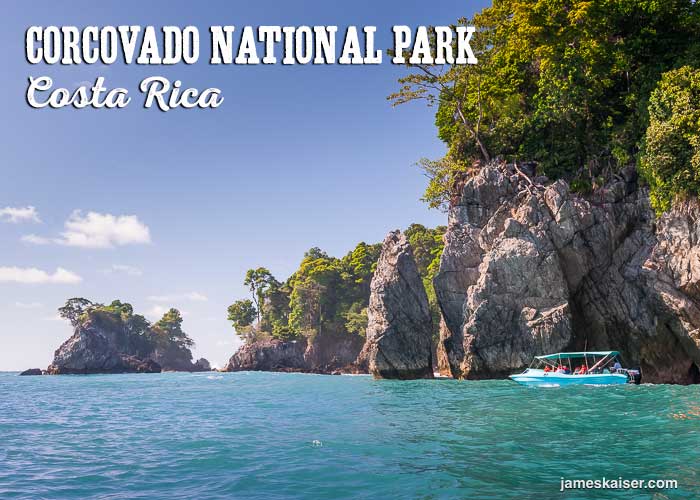
Corcovado Permits and Reservations
All visitors to Corcovado must have permits, which cost $15 per person, per day. Visitors must also be accompanied by a local guide accredited by the ICT (Costa Rican Institute of Tourism). Prior to 2014 it was possible to visit the park without a guide, but the rules were changed to reduce accidents. If you do not have a permit and a certified guide, you cannot enter the Corcovado National Park.
Even when it was possible to visit the park on your own, however, I always recommended hiring a guide. Corcovado can be rugged and confusing. A good guide keeps you safe and can point out fascinating plants and animals you’d otherwise miss.
For a list of recommended Corcovado guides and tour companies, check out Costa Rica: The Complete Guide
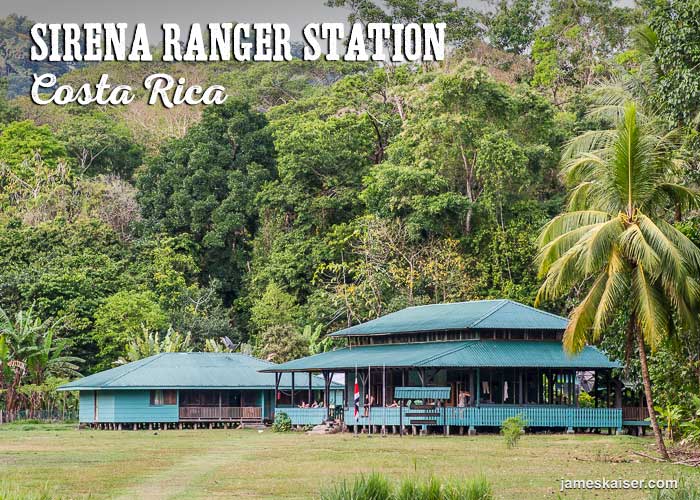
Sirena Ranger Station
Located halfway down the Osa Peninsula, Sirena Ranger Station is the most popular destination in Corcovado National Park. Surrounded by pristine natural habitat, it’s easy to spot monkeys, sloths, tapirs, toucans, macaws, and dozens of bird species are commonly spotted nearby.
If you’re looking for the ultimate Corcovado adventure, Sirena is hard to beat.
Day trips to Sirena Ranger Station are available, but if you want to experience the best of Corcovado National Park – and see the most wildlife – it’s worth spending the night. Sirena’s collection of wooden buildings includes offices, dormitory-style bedrooms, bathrooms, and a dining hall. A covered walkway connects most of the buildings, sheltering visitors from heavy rain.
Sirena Ranger station is set back a few hundred yards from the coast. Between the field and the coast there’s a grass landing strip used by small airplanes. Seven hiking trails radiate out from the ranger station, twisting through dramatic primary rainforest between the Río Claro, to the south, and the Río Sirena, to the north.

Sirena Ranger Station
Sirena Ranger Station is a rustic collection of wooden buildings connected by covered walkways. When it rains – which it often does in Corcovado National Park – the walkways keep you dry. On average the Osa Peninsula receives up to 20 feet (six meters) of rain each year. (There’s a reason they call it a rainforest!).
The main building has a wrap-around porch that’s great for relaxing. It’s also surprisingly good for wildlife watching. I’ve personally spotted tapirs, spider monkeys, and toucans from the comfort of a porch chair.
The building also has administrative offices, a gift shop, and a tiny museum filled with animal bones. Covered walkways lead to dormitory-style lodging. The dining hall, located in a separate building, is just a few steps away.
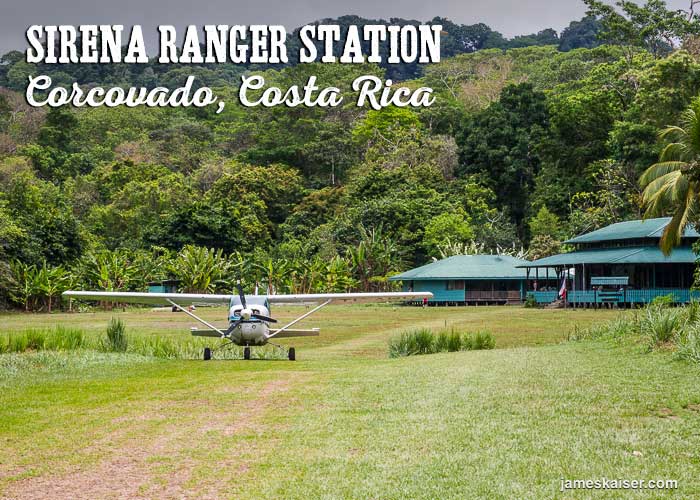
Visiting Sirena Ranger Station
There are three ways to visit Sirena Ranger Station:
Hiking
Two long, rugged trails lead to Sirena Ranger Station. The inland trail starts at Los Patos. The coastal trail starts at the village of Carate. I personally think the ultimate Corcovado adventure is a multi-day trip starting at Los Patos, spending two or more nights at Sirena and then finishing at Carate. But this trip should only be undertaken by strong, capable hikers.
Also keep in mind that the rainy season (May-September) presents special hiking challenges due to slippery trails and swollen rivers. The upside is hiking in cooler temperatures. Note that in October, Corcovado’s rainiest month, the park closes to all visitors.
For detailed descriptions of hiking trails to Sirena Ranger Station, including a color topo map, check out my guidebook Costa Rica: The Complete Guide.
By Boat
Arriving by boat is the most popular option for those who don’t want to spend 6–9 hours hiking through the jungle. Boats to Sirena Ranger Station depart daily from Drake Bay.
Boat tours leave around 6 am, and the trip takes a little over one hour. Most boats hold about 15 passengers. After a wet landing at Sirena, you’ll hike along the trails in search of wildlife, then return to Drake Bay around 1 pm.
By Plane
Flights to Sirena Ranger Station are available from the nearby towns of Drake Bay, Carate, and Puerto Jimenez. Reputable local airlines are listed in my guidebook Costa Rica: The Complete Guide.
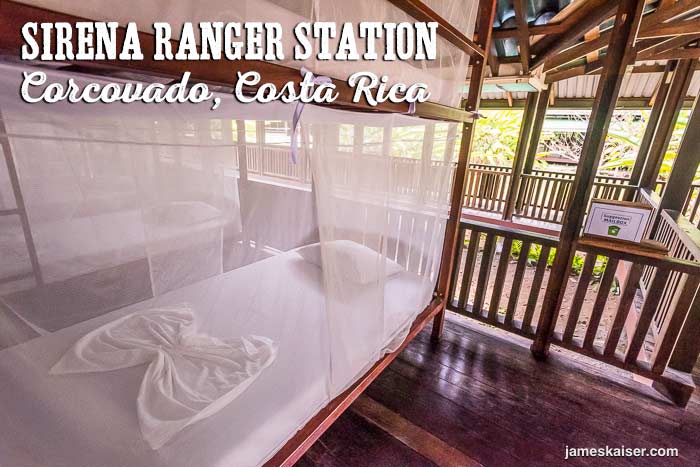
Spending the Night at Sirena Ranger Station
Accommodations at Sirena Ranger Station are very basic. There are five dormitory-style rooms, each with two bunk beds and one single bed. Sheets and towels are not provided. Private rooms are only available if space permits; otherwise you’ll share a bedroom with other guests. Shared bathrooms have cold water showers, and electricity is only available a few hours each day.
It’s hardly luxurious, but if you’re looking for the ultimate eco-adventure, Sirena is hard to beat. Spend the night and you’ll be able to look for wildlife in the morning and evening, when many animals are most active.
Electricity, generated by solar panels, is used for electric light bulbs from 5:30 am to 8:30 pm. When the electricity is turned off, you’ll need flashlights or headlamps. Also note that power outlets for charging batteries are not available.
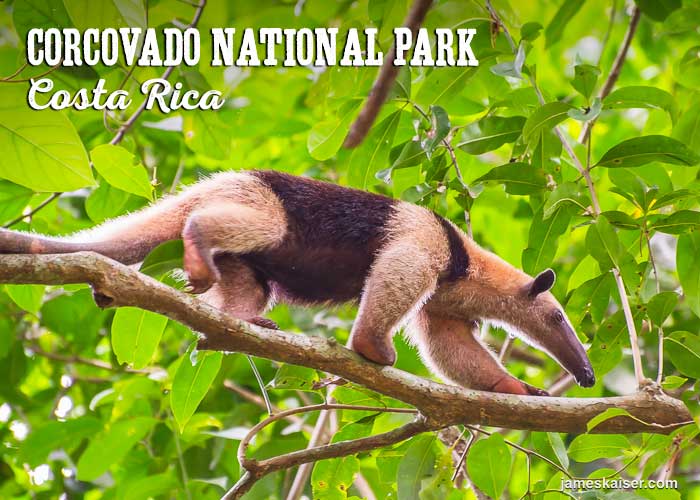
Corcovado National Park Wildlife
Above all else, Corcovado National Park is famous for wildlife. There are 140 mammal species, 370 bird species, and over 10,000 insect species on the Osa Peninsula.
Even more impressive, many species that have disappeared from much of Central America have healthy populations in Corcovado. Baird’s tapir is the most famous example. Because tapirs require large tracts of undisturbed forest, they have disappeared from much of their former range. But tapirs are common in Corcovado National Park.
Corcovado also contains Central America’s healthiest population of scarlet macaws, which thrive here thanks to the abundance of beach almond trees. White-lipped peccaries, extinct in much of Costa Rica, are also abundant in Corcovado. These hog-like animals, which form groups of up to 300 individuals, stampede through the rainforest.
View Corcovado Wildlife Photos
Corcovado National Park is home to five of Central America’s six feline species. Jaguars, pumas, ocelots, margays and jaguarundis are all found in the park. Although jaguars are rarely spotted, they are the undisputed kings of Corcovado.
Other mammals include tamanduas, an anteater with a 16-inch tongue, and coatis, a raccoon-like animal that scavenges everything from crabs to bird eggs. Both two-toed and three-toed sloths dangle from the trees. And Corcovado is the only place in Costa Rica home to all four of the country’s monkey species: howler, spider, white-faced capuchin, squirrel.
Learn more about Corcovado Wildlife.
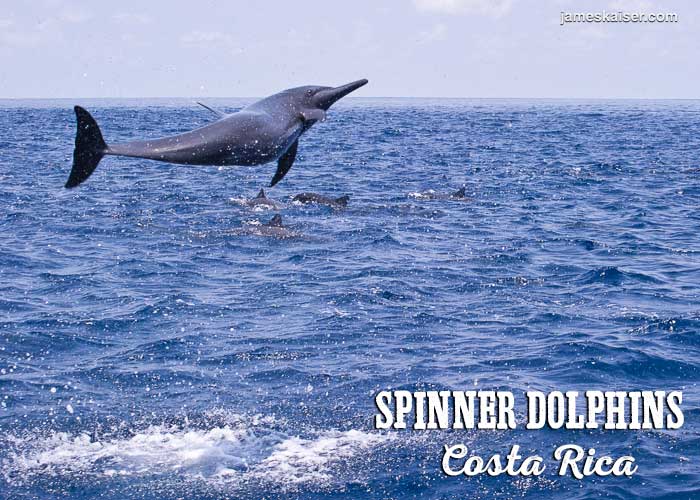
Corcovado Marine Wildlife
The waters offshore Corcovado contain 23 marine mammal species, including superpods of spinner dolphins and migrating humpback whales. Bull sharks patrol the coastline, while caimans and crocodiles lounge in local rivers. Four sea turtle species — olive ridley, Pacific green, leatherback, hawksbill — lay their eggs on Corcovado’s beaches at night.
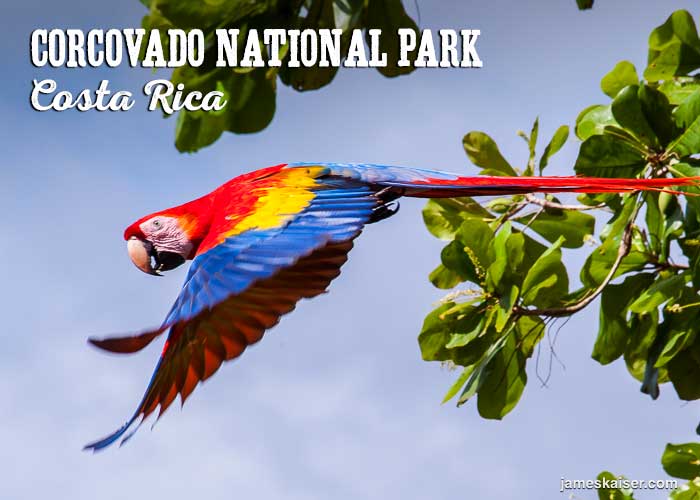
Corcovado Birds
Bird life in Corcovado is also remarkable. In addition to scarlet macaws there are crimson-fronted parakeets, red-lored Amazon parrots, Baird’s trogons and fiery-billed aracaris. All told, there are 10 woodpecker species, 15 tanager species and 20 hummingbird species. Harpy eagles, the largest and most powerful raptors in the Americas, have also been spotted in Corcovado. The park is also home to several endemic bird species, including the yellow-billed cotinga and black-cheeked ant-tanager.
Corcovado Photos
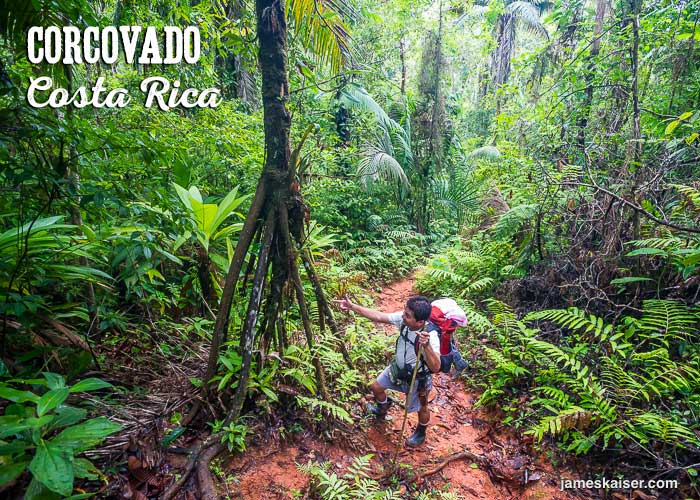
Corcovado National Park is one of the most incredible destinations in Costa Rica. It protects the largest remaining tract of primary rainforest on the Pacific coast of Central America — home to a stunning collection of tropical biodiversity.

There are over 700 tree species in Corcovado, including the tallest tree in Central America: a massive 250-foot (77-meter) kapok. Several South American tree species reach their northern limit in Corcovado.
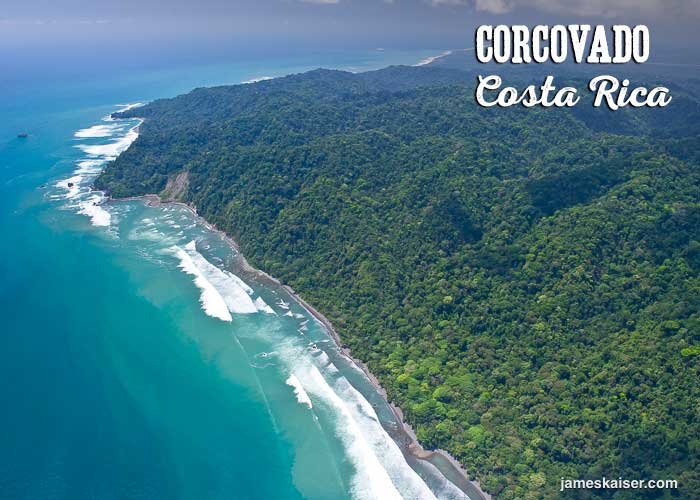
Corcovado is located on the remote, rugged Osa Peninsula in southern Costa Rica. The western edge of the park lies along the Pacific Ocean.
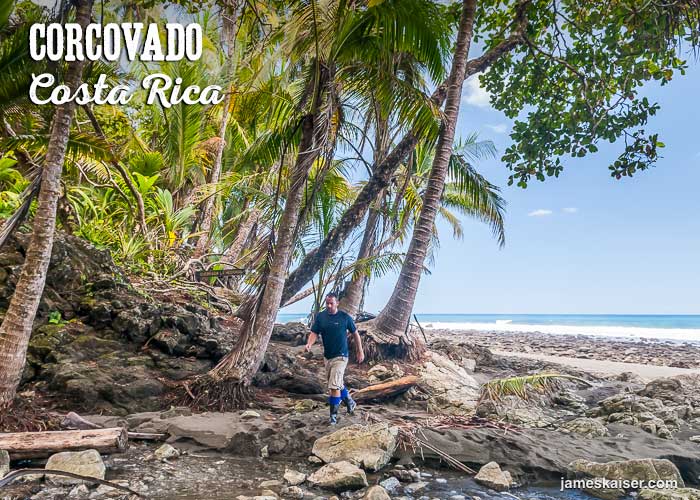
Hiking trails weave in and out of rainforests and beaches along the southwestern boundary of the park.

Aerial view of Corcovado’s lush rainforest canopy.

Corcovado is home to some of the most incredible wildlife in Costa Rica. There are 140 mammal species, 370 bird species and over 10,000 insect species.
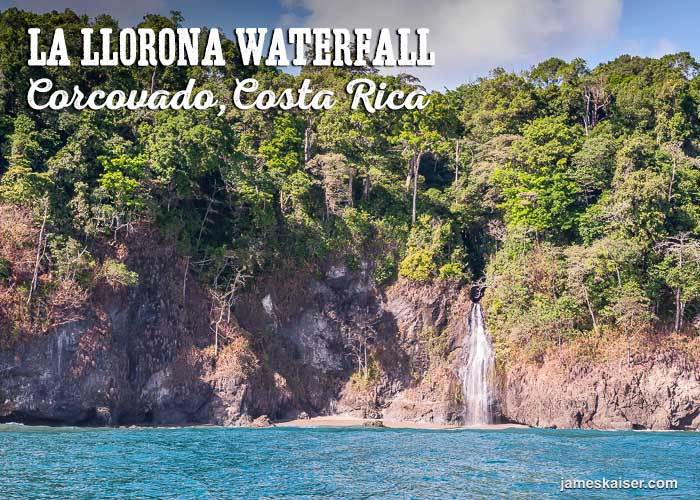
La Llorona Waterfall is one of the most beautiful – and remote – waterfalls in Costa Rica. Located along the northern shore of Corcovado National Park, it’s one of only two waterfalls in Costa Rica that tumbles into the ocean. La Llorona waterfall is only accessible by boat.
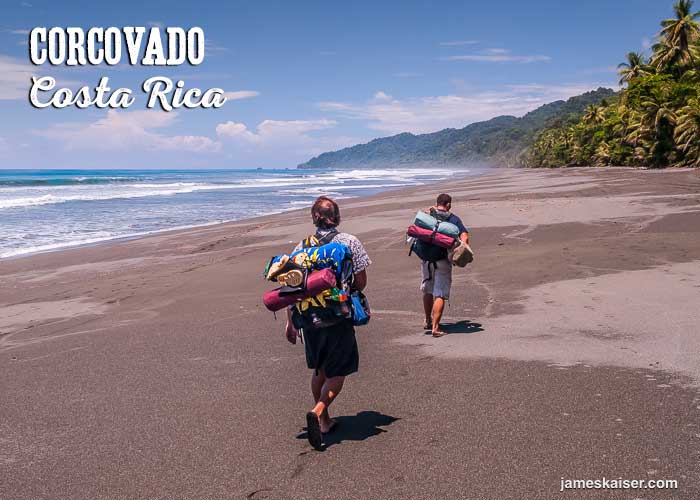
Hiking is one of the best ways to experience Corcovado. But hikes here are long and difficult, often involving several hours of hiking along sandy beaches in hot, humid temperatures.
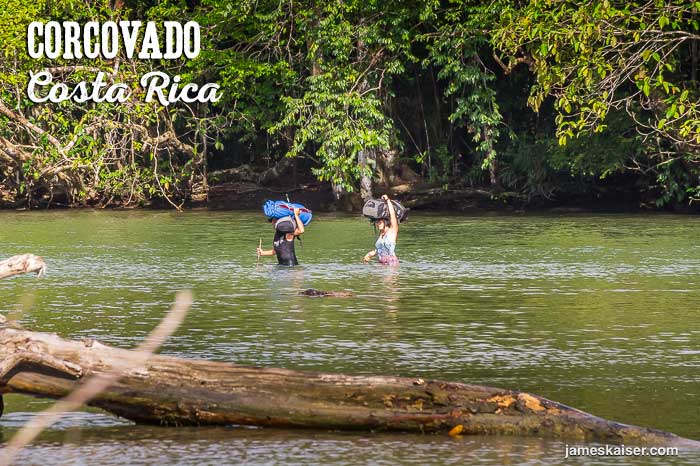
Timing is crucial when hiking in Corcovado. High tide can flood trails in the park. If you don’t time your hike properly, you’ll cross waterways with crocodiles and bull sharks.

La Leona Ranger Station – the southern entrance to the park – is a 1.9-mile (3-kilometer) hike from the small town of Carate.
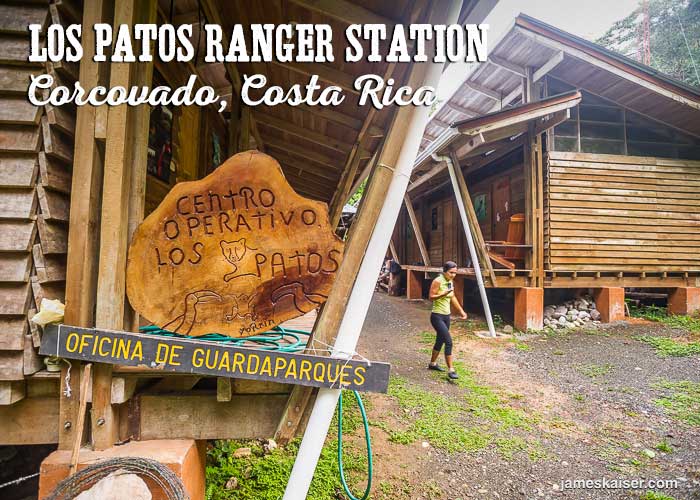
Los Patos Ranger Station – the northern entrance to Corcovado National Park. To get to Los Patos, you’ll need to take a taxi from the town of Puerto Jimenez.
